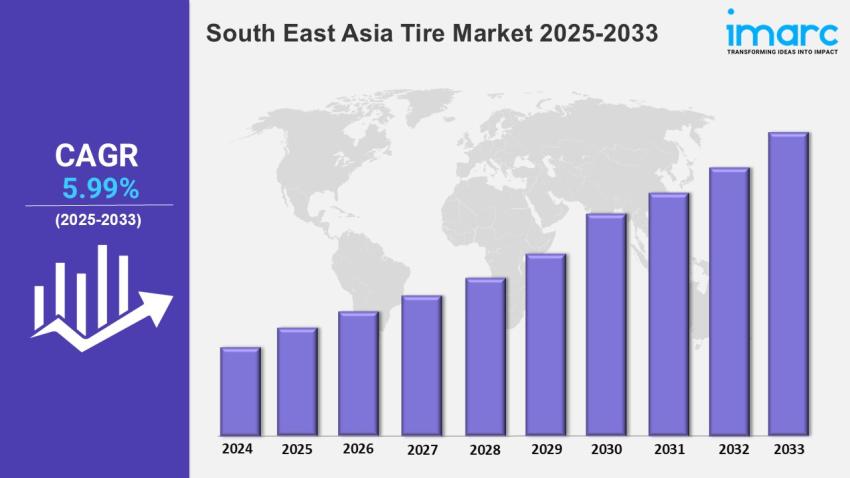
The South East Asia tire industry is a fast changing market due to changing market trends, urbanization and industrialization taking place in South East Asia. With the further development of the economies, the growing demand in passenger cars and commercial vehicles is seen, which results in the request of high quality tires. The consumer is getting more choosy, with the demand of durability, fuel economy and safety features in the tires, this has led to new innovations by manufacturers to produce products of higher standards. The emergence of electric vehicles (EVs) will also affect the market because EVs will need special tires to tackle their particular weight distribution and torque profiles. Besides, expanding middle classes in such countries as Indonesia, Thailand, and Vietnam are increasing the demand in high-end tires as more citizens are able to afford personal automotive transportation and require more performance. One more important trend is sustainability as manufacturers pay more attention to using environmentally-friendly materials and production processes in order to comply with new and tighter environmental standards and attract buyers who are environmentally concerned.
The development of infrastructure and logistics networks is additional on shaping the South East Asia tire market. The vibrant e-commerce market in the region has stimulated the market demand of commercial vehicles that require strong tires that can deal with long-distance journeys and large payloads. Meanwhile, the rise in popularity of the ride-hailing industry and shared mobility solutions is increasing the demand in tires that are efficient to use over long time periods. Seasonal changes like the monsoons experienced in some nations are taking their toll on tyre making where tyre companies make products that stick more on wet roads and experience less hydroplaning. Also, it is observed that after market is increasing where vehicle owners are changing and upgrading and this has given a chance especially to the two tires namely the local and international tire brands. As the competition grows, the companies concentrate on the digitalization process and use online platforms to present customers and propose the personal solutions. On the whole, South East Asia tire market is dynamic and the key factors of success are innovation and adaptability in this fast-changing environment.
The South East Asia tire market is also being influenced by infrastructural development and widening of logistics networks. The thriving e-commerce industry in the region has resulted in the growth of commercial vehicles service that requires durable tires to travel long distances and transfer heavy weight. Meanwhile, costs of ride-hailing services and shared mobility solutions are becoming popular, which stimulates the demand of long-lasting tire services and cost-effective tires. Other factors that have played a role in designing tires include seasonal factors like in some of the countries where the monsoon rains are prevalent the manufacturers are designing tires that provide more wet traction and hydroplaning resistance. Moreover, there is an increasing market in aftermarket where colour owners need replacement and refurbishment, which offer potential opportunities to both local and foreign tire brands. As the competition becomes harder, the companies are paying attention to digitalization, where they can access customers online and provide them with individual solutions. Altogether, the market of tires in South East Asia is rather turbulent and innovation and elasticity play a pivotal role in success in such a fickle environment.




